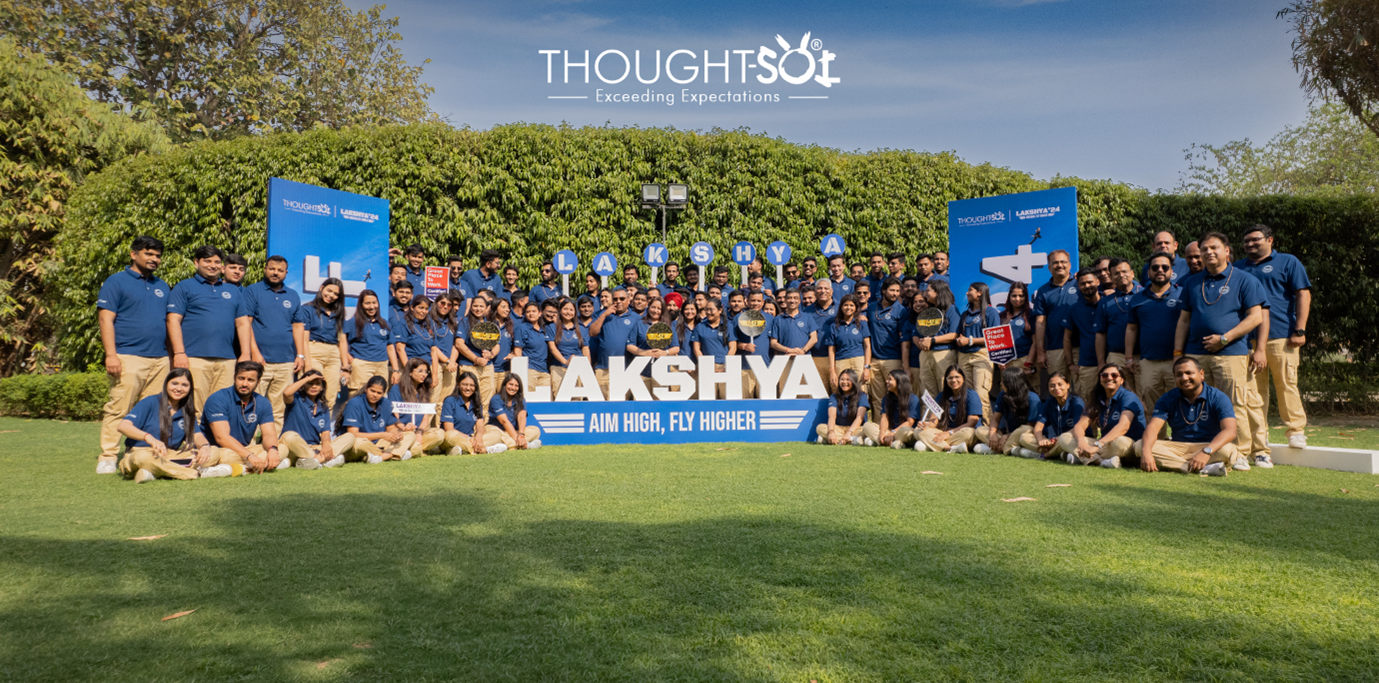Why having an effective team building in the workplace needed? If you see the work environment nowadays moves very quickly and having a successful team collaboration is the foundation of productivity, innovation, and growth. With diverse perspectives and skills, teams are more effective when they work seamlessly together.
However, achieving a level of collaboration requires and understanding the key strategies and principles that leads to team success. This guide will explore essential pillars, models, and techniques that contribute to effective teams and teamwork making a real difference in collaborative environments.
“Techniques for Successful Team Collaboration"
The Pillar of Team Success
Let's move ahead and understand what are the pillars that contribute towards the team success and created an effective team building in the workplace.
Collaboration
Having to collaborate with the entire teams not only helps in understanding that everybody is on the same page but also helps in innovating new ideas, perspective and insights that leads to the achievement of the common goal.
Communication
Excellent and effective communication is an essential part of the team success. Communicating with the teamwork helps in having the clarity over the tasks they are doing, what're the objectives and expectations.
Contribution
Contributing is another crucial part for the team success and effective team characteristics. Here, you let the team use the ideas you have, helping everyone. Becoming reliable, flexible and supporting the team to achieve the goals you have planned as a team.
Commitment
Committing to the common goal and objective where everyone is loyal towards the goals and trust each other. The dedication, shared sense of work and willingness to work together plays an important role.


The 7 C’s of Team Effectiveness
Effective team building in the workplace keeps us on track, connected, and productive. And helps us in making an environment in a way that makes us grow, focused, motivated, and successful. Let’s check what are the 7 C’s:
• Capability: When the team brings the appropriate skills to the table that contributes towards the achievement of the goal.
• Cooperation: When team works in support of one another toward shared accomplishment.
• Coordination: Work-related tasks are aligned to make the workflows smooth and avoid redundancy.
• Communication: Keeping lines open on communication on ideas, feedback, and what is going on more frequently.
• Cognition: When teams are aware of each other's strengths and viewpoints.
• Condition: When everyone encourage and build up each other confidence so that everyone can learn and become better.
The 5 P’s of Team Collaboration
The 5P's helps us in guiding to work effectively together and creating an effective team building in the workplace.
• People: When you bring together right person to build a team, each with unique skills and different perspectives.
• Place: When you create a supportive environment—whether virtual or physical, where collaboration can be done comfortably.
• Purpose: A clear common goal drives our efforts and keeps us aligned on the same page.
• Product: Valuable outcomes based on the people's combined efforts are in focus.
• Practices: Using efficient methods and habits to keep the teamwork highly organized and productive.
The 4 R’s of Team Management
Building and leading effective teams also requires team management. There are 4 R's of Team Management that motivate, connect and sustain the team. And here is how it works:
• Recruiting- This has nothing to do with getting the right skills but having the right people on your team.
• Recognition- The moment of celebrating small, big, or even insignificant wins. This gives people an idea that what they are doing is important and something valued.
• Retention: Giving opportunities for people to grow, showing respect and support and so forth. In return people would want to be around in this sort of culture building loyalty while keeping your team solid.
• Referrals- When the team members refer others to the same company, this helps in developing a team you can believe in.
The 4 Levels of Effective Team Building in the Workplace
Forming: The team meets the project and themselves. There is a mix of excitement with a bit of apprehension because they are trying to work out what to expect from each other.
Storming: Individual personalities come through at times to fight. Communication and building trust are critical since the team will work out initial conflict issues and also a part of building effective work teams.
Norming: They set aside their differences, and they begin to respect each other's strengths as they now work in isolation but harmoniously together in rhythm.
Performance: Everywhere high confidence is reflected, and everyone is in a totally flow state, working their best as one united effective team.
4 Types of Teams Building Techniques you can choose
Person-based team-building techniques: It helps in understanding the strengths and weaknesses of an employee, as well as his working style and communication pattern.
Activity-based team-building techniques: These techniques require employees to work in an unfamiliar and out-of-the-box way in which the member can trust each other and also considered as one of the great team building activities for work.
Skills-Based Team Building Techniques: This technique encompasses those activities in which a team of people or any individual is working to increase skills to achieve the target of goals.
Problem-Solving-Based Team Building Techniques: This technique encompasses interesting exercises and tasks that challenge the teamwork to work together in accomplishing the tasks by resolving them.
Conclusion
Strong team collaboration doesn’t happen by chance—it’s built on structured efforts, trust, and shared goals. By applying the pillars of success, the “7 C’s” of team effectiveness, the “5 P’s” of collaboration, and other proven models, teams can overcome challenges and reach new heights of productivity. Include these techniques to see the full potential of your team and drive success at every level by creating an effective team building in the workplace.




